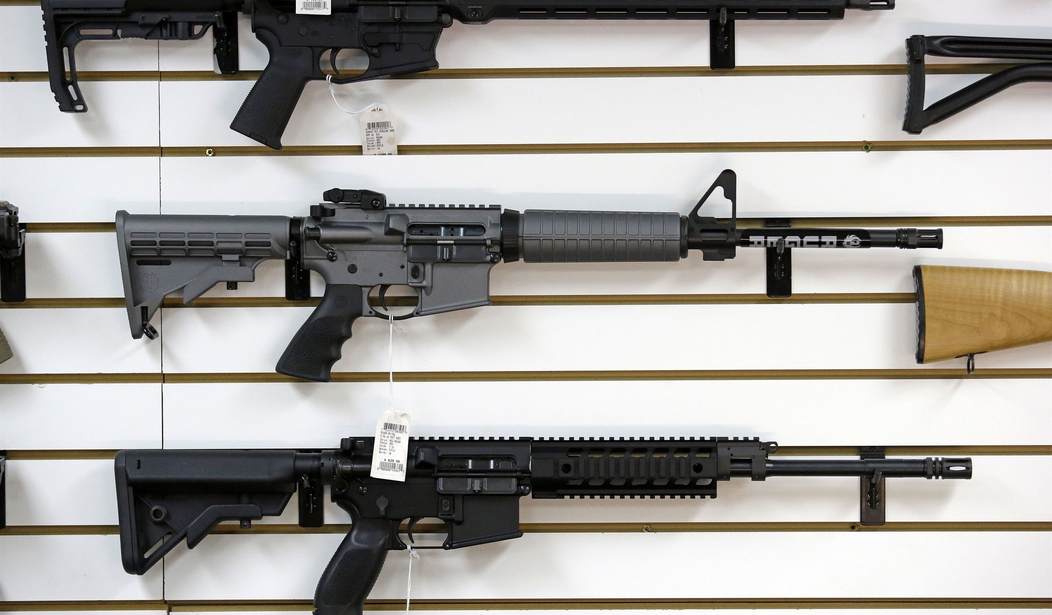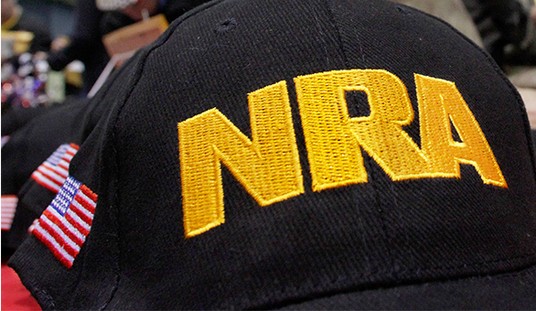Lately, people are up in arms about “ghost guns.” You know, those homemade firearms that use less than 80 percent receivers or are 3D printed and then assembled with other parts people bought off the internet. Millions of such weapons are probably built every year, but a handful gets used from criminal acts.
As a result, we have people calling for restrictions on these weapons.
Now, I could go on about the constitutionality of such measures, but the people who I need to reach simply won’t care. They don’t care about constitutional arguments. Oh, they may say they care about the Constitution and may even mean it, but on guns, they’re willing to accept some level of infringement and it doesn’t matter if I call it rationalizing or anything else.
So instead, I’m going to address this piece from a different perspective.
Despite state and national laws aimed at keeping guns out of the hands of convicted felons and individuals with identified mental issues, truly questionable thinking on the part of the powers that be at the Bureau of Alcohol, Tobacco, Firearms and Explosives and the Department of Justice, to which ATF officials report, allows what the ATF terms hunks of metal or polymer to be transformed into real guns.
These hunks of metal and polymer are sold in kits that, with relatively little work on the part of the owner, are transformed into real guns. They are referred to as “ghost guns” because they are not marked with a manufacturer’s serial number and do not require a background check prior to purchase.
The frame of handguns and the receiver or action of rifles and shotguns created by licensed manufacturers must be marked with a unique serial number. Those purchasing such a firearm must complete a background check designed to keep guns out of the hands of those who, by law, should not have them.
Since the ghost guns are not finished by the company manufacturing them, instead requiring the final manufacturing operations to be completed by the buyer, they are not considered firearms under federal law.
OK, so, instead of addressing the constitutionality of this, let’s address the practicality.
First, let’s discuss the “relatively little work” required to turn a less than 80 percent receiver into a functional one. After all, these are the words of someone who has never actually tried it. I have taken a less than 80 percent receiver and built an AK-pattern rifle with it. Yes, I used a kit for the rest of the parts, but the receiver was kind of intimidating. I only got it finished because I had the help of a gunsmith at a build party.
The “relatively little work” isn’t necessarily intuitive or easy, especially for people who aren’t particularly handy. Even then, there’s a fair bit of either work or tooling involved, often both. To call it “relatively little work” is to not understand how much work is actually involved.
Keep in mind that a good fifth of the manufacturing of these weapons is incomplete. Would many people be willing to do a fifth of the manufacturing of a car or a home? Of course not. That’s a lot of work, and it’s not really all that different.
Now that we’ve established that there is a fair bit of work required to make one of these, let’s also acknowledge the fact that those who are willing to put that much work in may well be willing to put in even more. This is especially true of criminals who can’t legally purchase completed receivers or firearms.
Let’s be honest, though. That line of less than 80 percent counting as an incomplete receiver may be arbitrary, but so would any other line. And a line has to exist. An AR-15 receiver can be milled from a block of aluminum. Are we going to start declaring any block of metal an AR-15 receiver? If you do, you’re going to have a huge problem with manufacturers who use those same metal blocks to build other things not related to the firearm industry. I don’t think they’d enjoy having the ATF up their posteriors.
Hell, I’ve seen someone take a shovel and build an AK receiver. Are we going to regulate shovels or other bits of sheet metal because they can be built into AK-47s?
As someone who has a few sheets of steel lying around my workshop for non-gun projects, I sure as hell hope not.
It’s easy for someone writing to say that the ATF should regulate “ghost guns,” but the problem is that there’s no practical way to do it. Sure, the ATF could redefine at what point a receiver becomes a firearm, but that will likely push people to build guns complying with the new rules. It wouldn’t actually stop anyone.
Oh, but the kits! Remember how the writer argued that weapons could be completed with kits? He’s right, they can.
But, on the flip side, all those same components can be purchased separately. You don’t need a kit. In fact, a lot of people don’t buy kits to complete their firearms because they want to be particular about each part.
Those same parts, I might add, are used to repair or upgrade existing weapons. If you think people will fight over ghost guns, imagine what happens when you try to regulate people’s repair parts and treat them as firearms. Further, all of those parts were manufactured. That means an enterprising individual can manufacture them all by their lonesome.
That’s the big takeaway here. Nothing you can regulate on this issue will prevent criminals from continuing to do this. Nothing at all. Remember, if they’re doing it now because they can’t buy guns, you’re not going to regulate them out of practice. The best you can hope to do is make it more of a pain, but so long as there is a market–and there will be–some will continue to build these weapons to meet that market’s demands.
It’s easy to say something needs to be regulated, but it helps to at least understand what you’re talking about well enough to know if such regulations are even practical or if they will only impact law-abiding citizens. This writer, clearly, doesn’t.








Join the conversation as a VIP Member